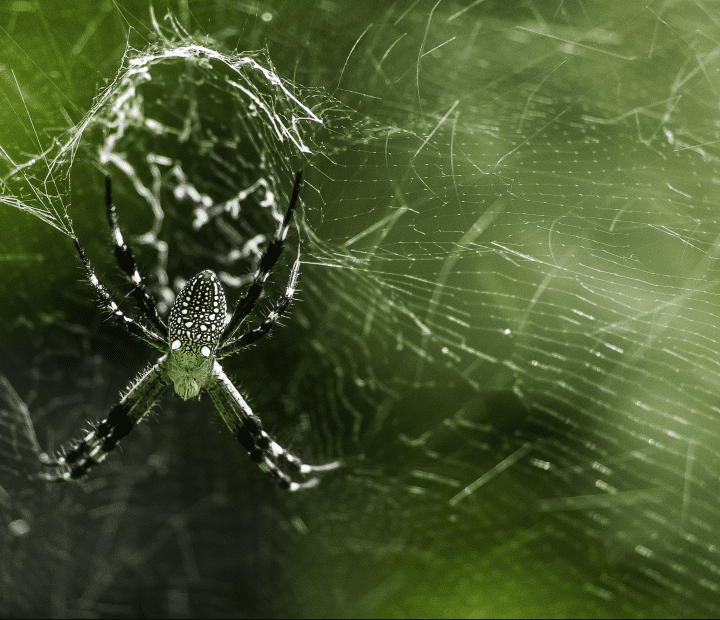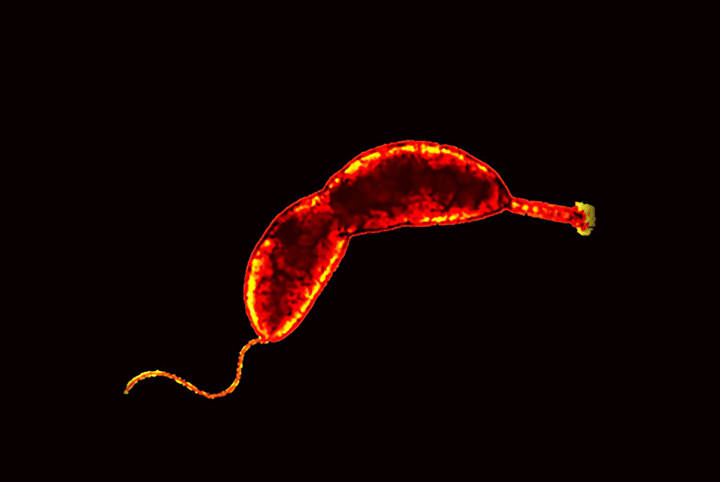Spermatophore of squid attaches for evagination using a spiral filament anchor and perforation.
Recent reports of oral stinging after consuming cooked squid has led to inquiry of the reproductive mechanisms of the Teuthida order of cephalopods. The “stinging” was found to be attributed to the sperm carrier, or spermatophore, of the squid. What initially confounded scientists was the durability of the spermatophore to survive having been cooked. The spermatophore is encased in a membrane, i.e., cement body. It is believed that the free-floating spermatophore is able to attach to the surface of a female squid through a spiral filament on its side. This filament has stellate particles that scar the surface of the squid’s skin, i.e., causes perforation. This is a new discovery; apart from chemical attachment, as found in most external reproduction, the spermatophore creates a mechanical form of attachment all on its own. The spiral filament also serves as an anchor in the perforated surface until the cement body is ejected into the deeper layers of the skin. Once ejected, the sperm is released and able to impregnate the female. Please see the attached page for better understanding of the spermatophore and its parts (there is a picture and video).





